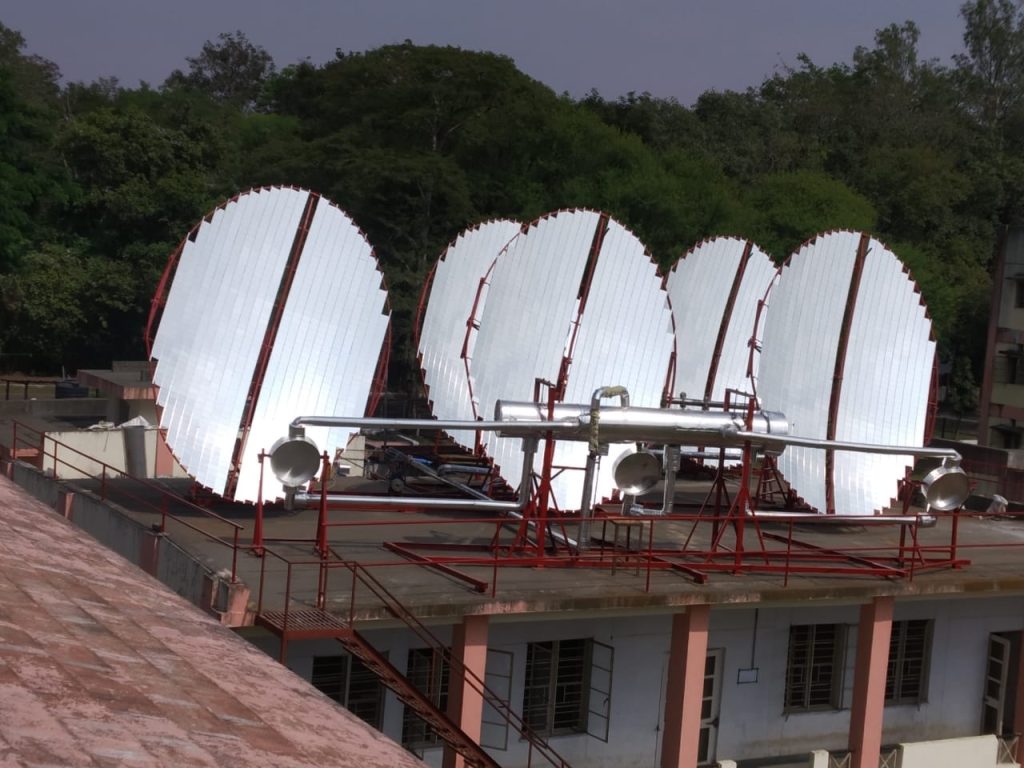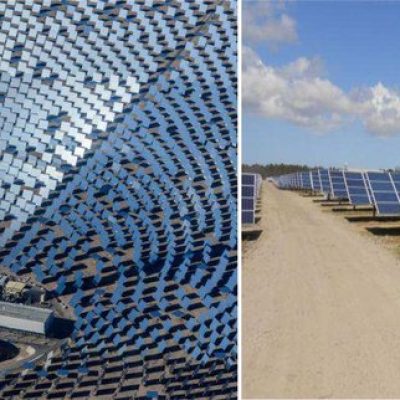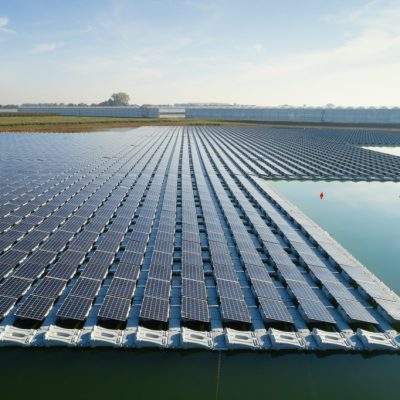
A method called solar cooling uses the sun’s heat to create cooling that can be used for air conditioning and refrigeration. The objective of a solar cooling system is to gather solar energy and use it in a thermally driven cooling process to lower and regulate the temperature for things like producing chilled water or conditioning air for a building.
Refrigerating food storage and space cooling, or air conditioning, are the two principal uses of solar cooling. Vehicles and campers that use the technology for refrigeration can be observed using solar cooling. Solar cooling is also used in vapour absorption refrigeration systems, which are employed in fields where very low process temperatures and high thermal capacities are necessary. Additionally, the cost of electricity can be absolutely horrifying when you need to air condition a very large region, industry, or commercial building. By using solar cooling, enormous expenses can be avoided.
The ability of solar cooling to supply air conditioners to industries who otherwise would not be able to bear the total electric and energy expenditure and load required by traditional cooling systems is perhaps its most advantageous application. Additionally, Solar cooling significantly lowers the energy needed to refrigerate essentials like vaccinations and agricultural products, saving money and benefiting the environment by using renewable energy and using less ozone-depleting materials.
Muni Seva Ashram uses solar cooling and solar energy to meet its on-campus needs for lighting, cooking, heating, and ventilation.
Through solar flat plate collectors, 31,000 litres of water are heated and used each day in the kitchens, guest homes, and hospitals of the Ashram. At the Sharda Mandir school, we also have two Scheffler Dishes (10m2 each), which are utilised to prepare meals for 200 kids. 400 kids’ lunch and dinner are prepared at the Green Campus in Vankuva, which houses our Eklavya and Vivekanand Schools, utilising 10 Scheffler dishes (10m2 each) and thermic oil as a heat conductor. For demonstrations and residential cooking, box solar cookers and SK10/14 parabolic solar cookers are also employed.
When Green Campus was being built, grid electricity was not accessible, therefore a 13KW solar power plant was installed to cover the needs of the schools and dormitories for lighting and ventilation. At the Ashram, automatic, standalone solar photovoltaic systems are used for the majority of the street lights (with panels mounted on the light poles)


